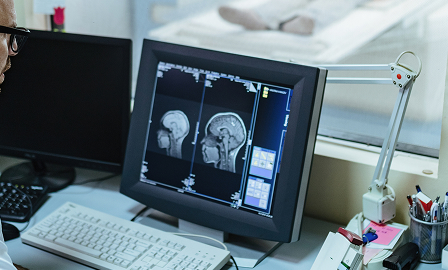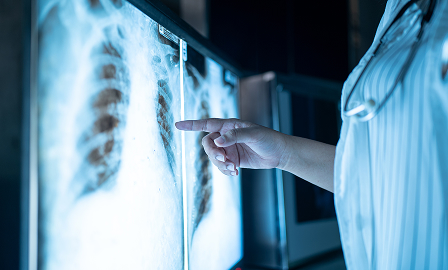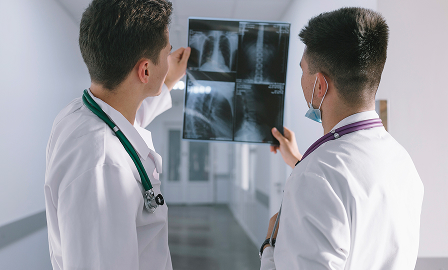OVERVIEW
Diagnostic radiology transforms invisible conditions into clear, actionable insights through imaging technologies like X-ray, MRI, CT, and ultrasound. It serves as a critical bridge between symptoms and diagnosis, often catching diseases at stages when treatment is most effective.
More than just pictures, modern radiology combines anatomical detail with functional data, helping clinicians not only see structures but also understand how organs and tissues are behaving. This dual perspective is reshaping how quickly and accurately patients receive the right care.

PROCESS

Image-Based Clinical Question
A symptom or finding prompts imaging to visualize internal structures noninvasively.

Image Acquisition and Processing
Techniques like X-ray, CT, or MRI capture anatomical or functional details with precision.

Radiologic Interpretation
Radiologists assess images in clinical context to detect abnormalities, support diagnosis, or guide next steps.

